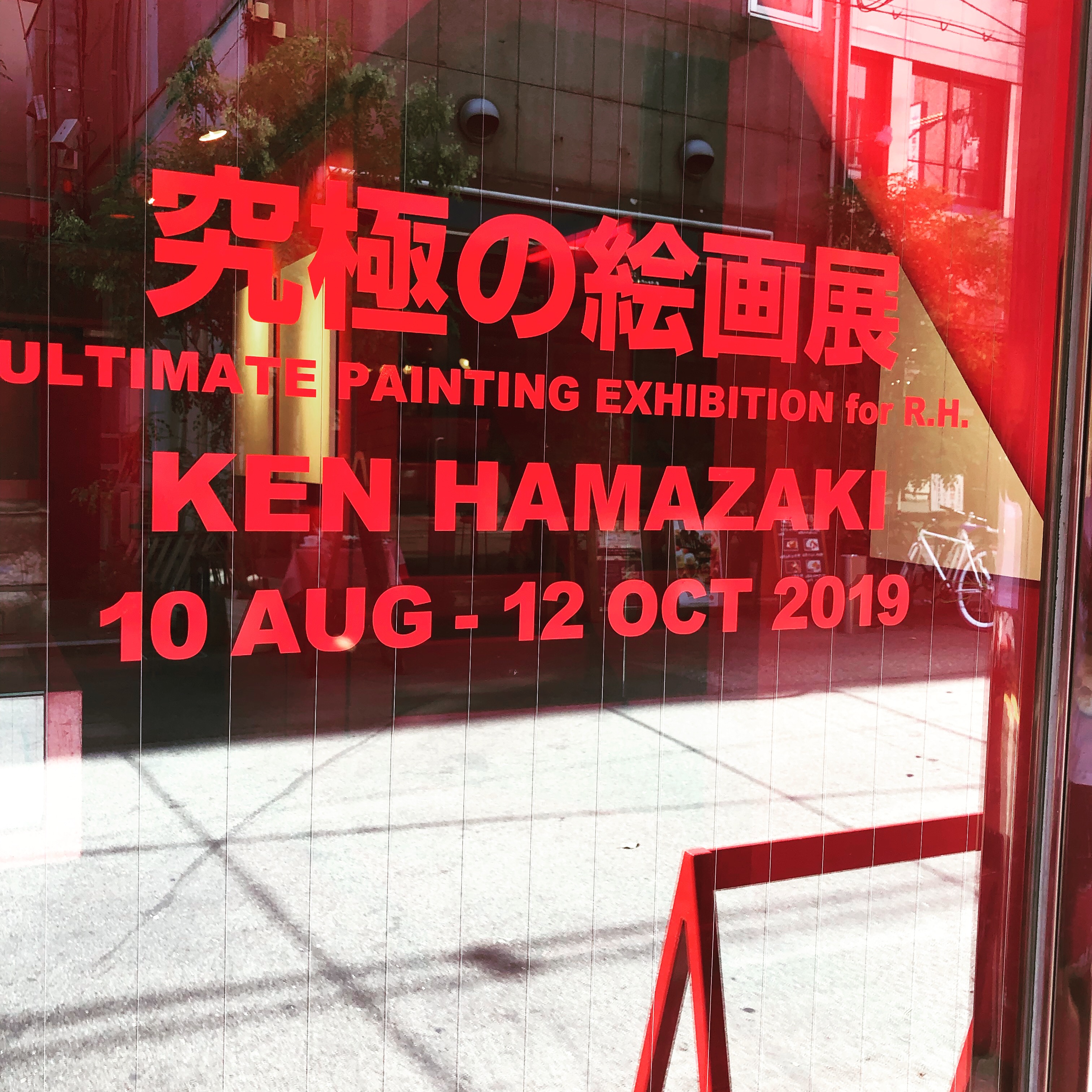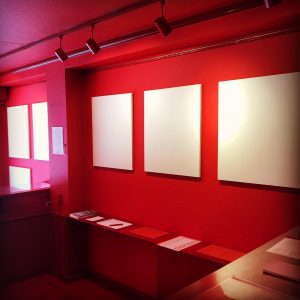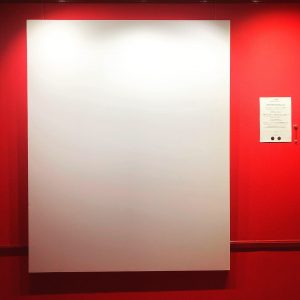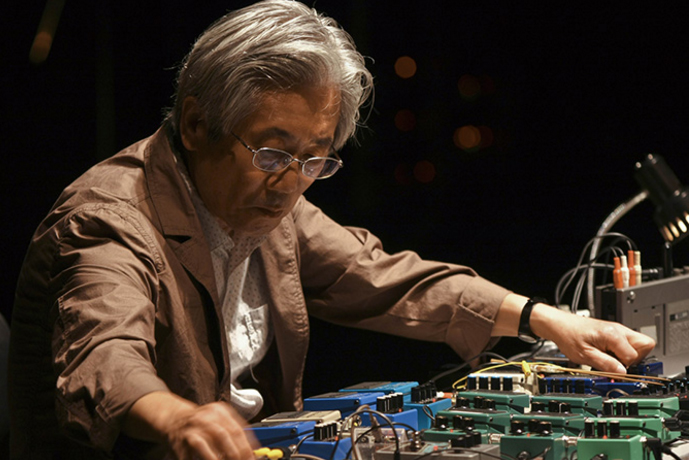REVIEW OF “THE LAST PAINTING”

A problem presentation for a residue of art work identity and an inducement to renewed philosophical thinking.


A contemporary art is a concept destruction and creation. Ken Hamazaki has renewed
“the concept destruction and creation” by the last painting.
This work presents many aspects of art that no one has ever recognized.
This is a just brank canvas.
Neither the artist nor anyone else has done anything and there is no sign of the artist.
It’s normal canvas as you can buy in shop and a COA attached.
If the work breaks, you can purchase a new canvas of that standard and it becomes a work.
If the work deteriorates, you can purchase a new canvas of that standard and
it becomes the work.
If the work lost, you can purchase a new canvas of that standard and it becomes the work.
If you have a certificate of authenticity in all.
When you give it to someone else, you just give the COA
the white canvas that you own is no longer the last painting.
This is a caustic irony to the art market. And he created new form of art that
has been a new dimension of reproducibility and universality.
First of all, well-known artists work doesn’t trade in the art market without a COA.
The reason is that the reproduction technology has evolved so that
authenticity cannot be guaranteed with works alone.
The COA issued by the gallery or the artist guarantees the authenticity of the work.
This trend will become stronger from now on.
Sometimes with a COA can make millions or tens of millions , but without it it can be nothing.
Even though the work is there, nothing has changed.
The absence of a COA threatens the monetary value and even the worth of existence
of the art work itself.
In other words, a work cannot be established as a work without a COA.
In recent years, a COA can be said to be a criterion for judging value and the art itself.
What about the last painting?
The last painting is a blank white canvas that can be purchased anywhere.
It’s just normal canvas at all. Can it be a work?
A problem presentation for a residue of art work identity
and an inducement to renewed philosophical thinking.
However, it is no different from other works whose own monetary value or
the worth of existence is threatened without a COA.
Again, in the art market, a work cannot be established without a COA.
In essence, it doesn’t matter what is drawn on the canvas.
That means it doesn’t matter if nothing is drawn.
Then where is the identity of the work ?
What is important in this work is to raise a cynical problem to the art market that
emphasizes COA.
Since Marcel Duchamp created a leaving from “visual” art, many artists have expressed
their concepts in their works.
There is always something physical between the artists and the viewer that has
been manipulated by the artists, and through that,
the concept has been expressed and conveyed to the viewer.
It will not change even in the 21st century.
Although the method is different, the fundamentals are the same.
It is another importance of this work.
Owning this work means having the right to share the artist’s concept.
In this work, the artist offers only 100% concept. It does not provide anything physical.
He advocates the concept and just tells the size of the white canvas.
This work is only a concept. Has such a work ever existed?
The white canvas is just an introduction that induces philosophical thinking.
It is just an entrance to understand the concept.
The blank white canvas does not require the viewer to have a visual understanding.
The viewer is freed from composition, color, textual information and all visual understanding.
This is a work of thorough concept and image.
As long as canvases exist in this world, works can exist universally and
can be reproduced anywhere in the world.
This work, which has more universality and reproducibility than digital works by media art.
It means analog surpassed digital.
The useless thing is stripped off from the art work.
This is ultimately minimal and ultimately conceptual.
The artist named this woks “the last painting”.


